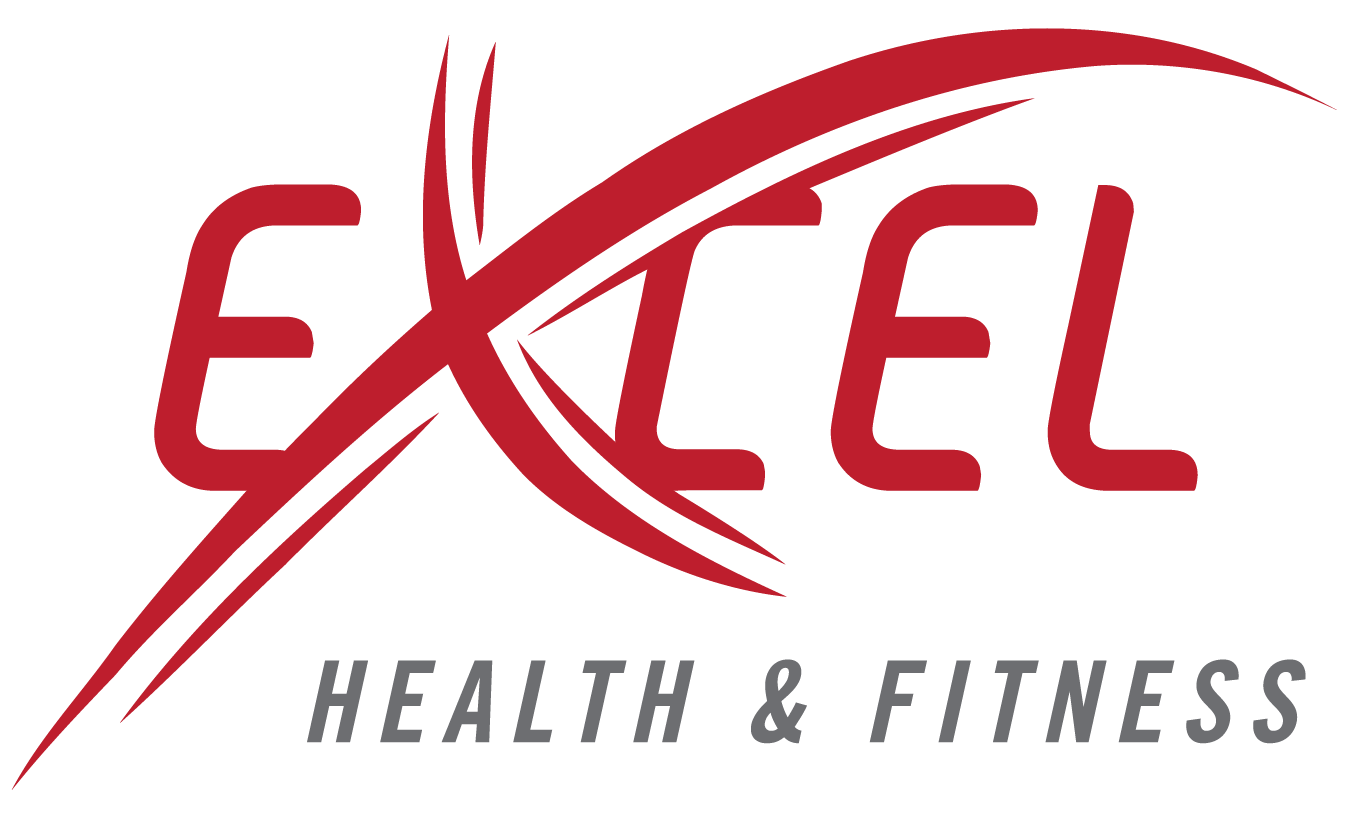If You’ve Never Done a Body Scan, You Probably Have Assumptions
Before someone tries a Fit3D scan at Excel Health & Fitness in Manteca, they often expect:
To be judged
To feel exposed
To see a number they don’t like
Or… for it to feel just like stepping on a scale
But almost every first-timer walks away saying the same thing:
“That was not what I expected, in a good way.”
Here are the 5 biggest surprises people share after using the Fit3D body scanner for the first time.
1. It Was Over in About a Minute
Most people are shocked by how fast and easy the process is.
There are no wires, no pinching, no standing on metal plates. You simply step on the platform, follow a few prompts, and the scanner does the rest.
The scan takes about 60 seconds, and you’re done.
2. It Felt Private — Not Awkward or Embarrassing
This is a big one.
Many people hesitate to do body fat testing because they worry it’ll feel invasive. But with Fit3D:
You scan in a private space
There’s no one touching or measuring you
The platform and scanner are automated
You control when you scan and who sees your results
People often say, “That was way more comfortable than I thought it would be.”
3. The Posture Analysis Caught Me Off Guard
Everyone comes for body fat results, but many leave talking about the posture and balance report.
Fit3D shows:
Whether your shoulders are level
If your hips are aligned
If you’re leaning forward, backward, or to one side
It’s eye-opening, especially for people with back pain, tight hips, or mobility issues. Most don’t realize how off-balance they are, until the scan shows them.
4. I Didn’t Realize I Had Made So Much Progress
This is probably the most emotional part.
People who’ve been working out or eating better often think they haven’t changed much, because the scale hasn’t moved.
But then they see their:
Waist is smaller
Posture is straighter
Fat is down and muscle is up
3D avatar shows clear physical change
The scan tells the truth. And it’s often better than people expected.
5. It Made Me Want to Come Back
Once you’ve done one scan, you get it:
It gives you data
It shows you change
It builds momentum
People leave the room saying, “I want to see what I look like next month.”
Final Thought
The biggest surprise about a Fit3D scan?
It’s not just about your body, it’s about your mindset.
You walk in curious or nervous. You walk out focused, motivated, and a little more in control of your health.
That’s the power of seeing your body the way it really is, not through a scale, but through a system built to show progress.
